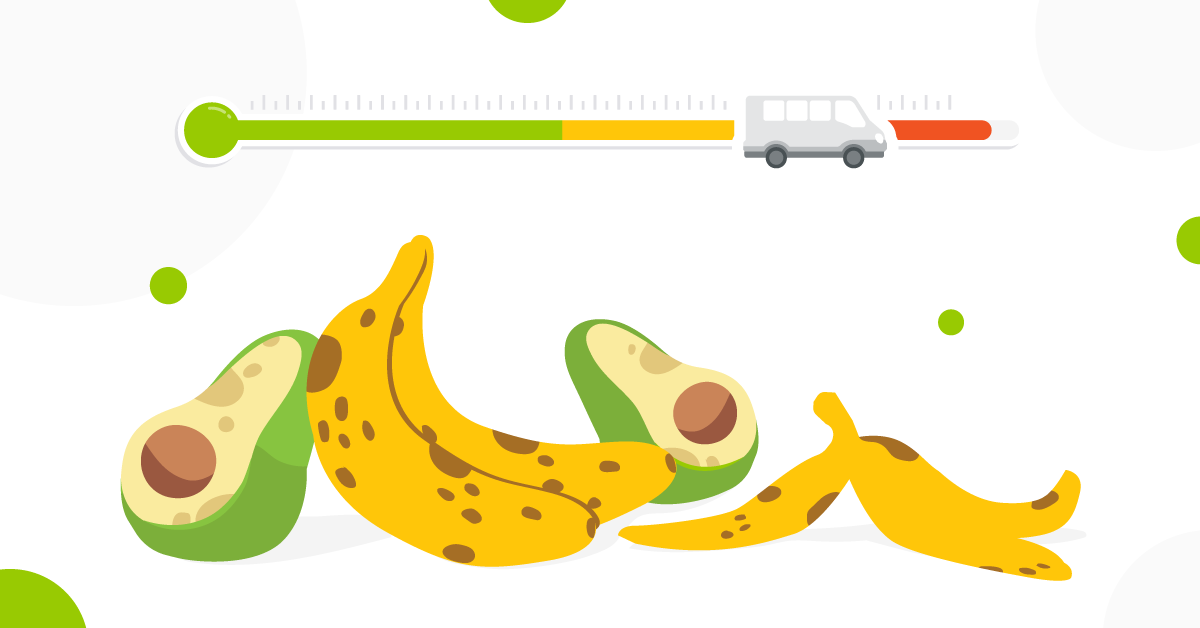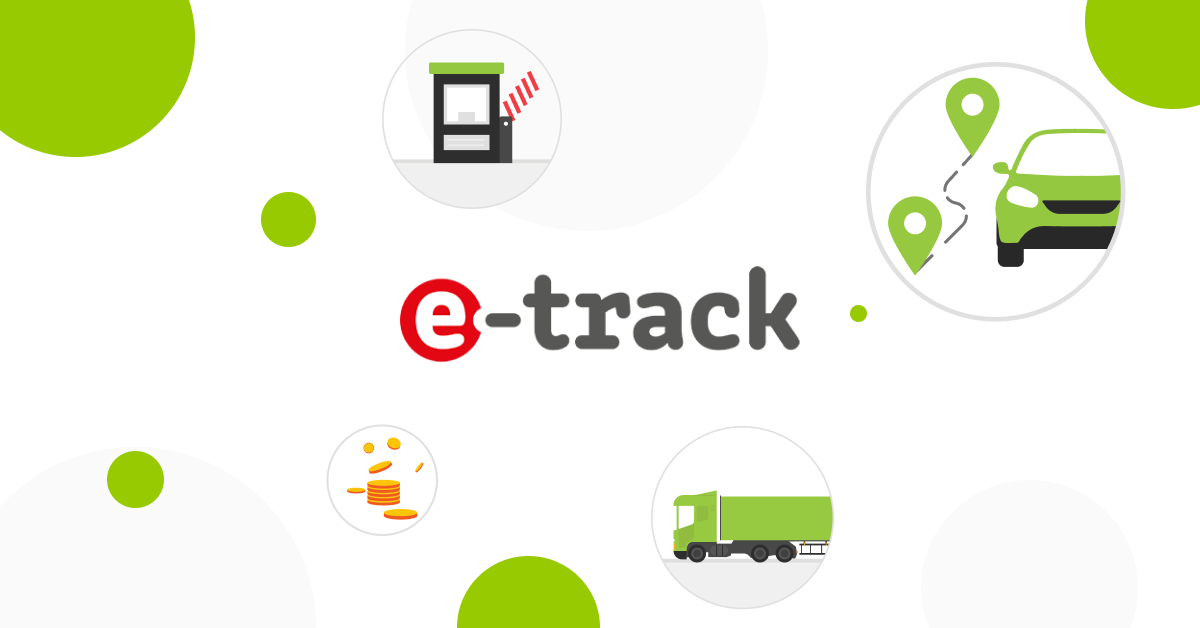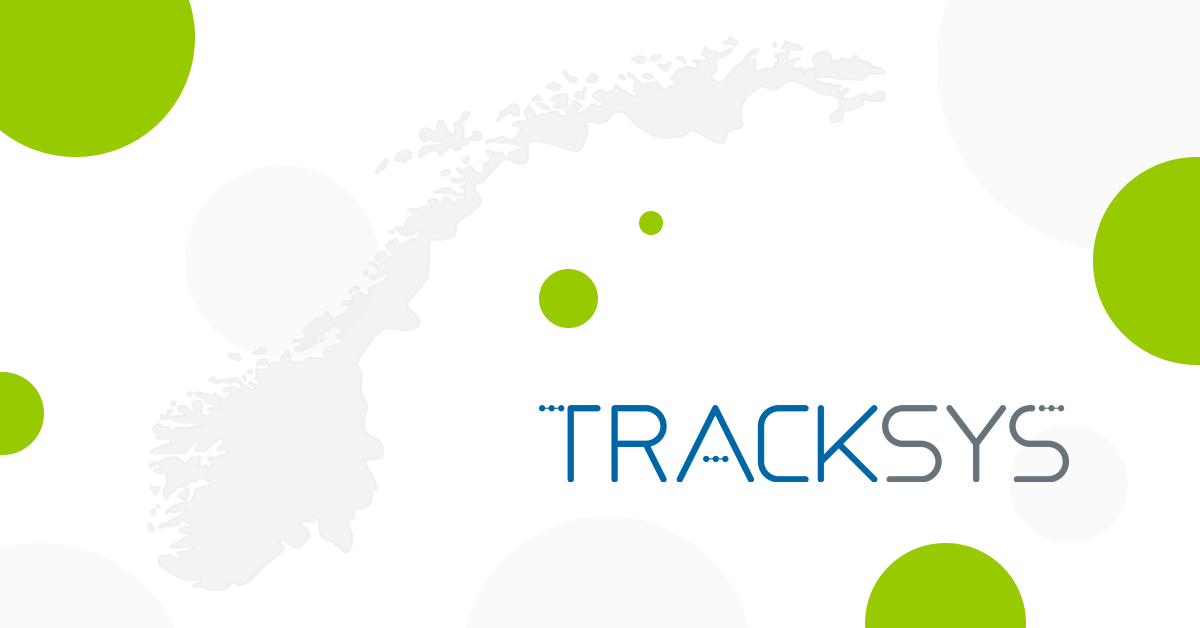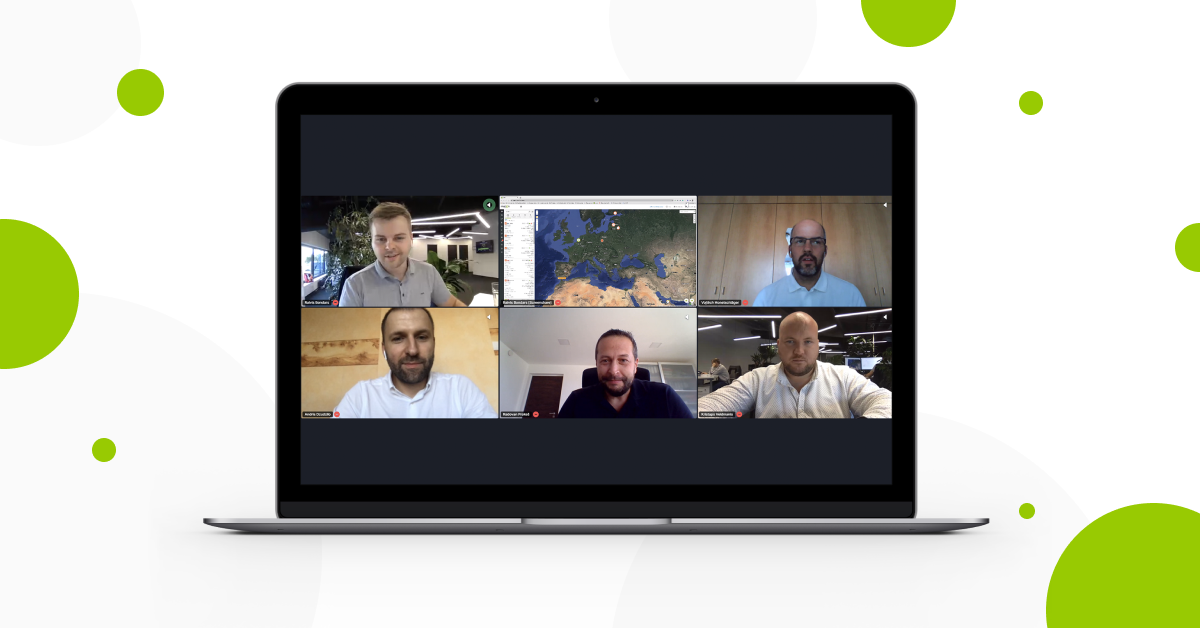Selvom konceptet med en mobil arbejdsstyrke kan virke relativt nyt, kan det spores tilbage til 1972, da Jack Nilles, en tidligere raketforsker, opfandt telearbejde ved at køre et komplekst NASA-kommunikationsprojekt helt på afstand. Nøjagtig 50 år senere er det blevet den nye normalitet at arbejde uden for kontoret – omkring 80 % af verdens arbejdere betegnes som skrivebords løse medarbejdere.
De personer, der udgør den skrivebord løse arbejdsstyrke, arbejder for det meste inden for brancher som byggeri, transport, detailhandel, sundhedspleje og andre områder. I årenes løb er antallet af fjernarbejdere vokset hurtigt, og derfor skal virksomheder være opmærksomme på situationer, der kan påvirke deres mobile arbejdsstyrkes produktivitet negativt, og lære at undgå dem.
Continue reading “3 ting, der reducerer den mobile arbejdsstyrkes produktivitet”






